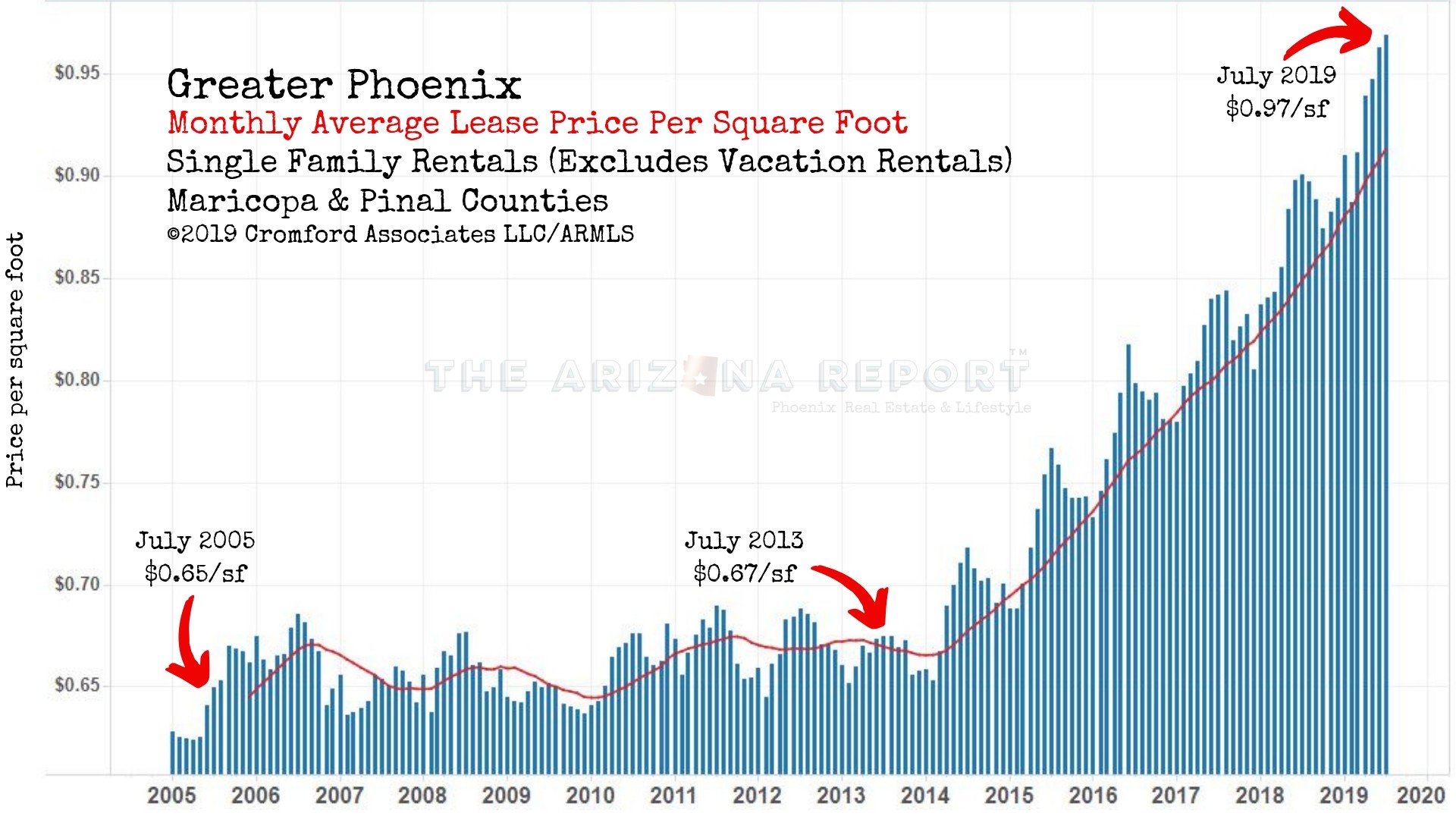- Fountain Hills Ties as Safest Zip Code in Phoenix - Oct 14, 2019
- How Many Single-Family Homes in Maricopa County? - Oct 13, 2019
- Investing in Multi-Family Real Estate in Your 20s - Oct 9, 2019
My wife and I strolled through the bakery aisles late this evening at one of our local grocers. She spotted the moldy loaf of wheat bread pictured above on one of the store shelves. “I don’t think that we need to buy bread here. I’ll pick the grocery store next time,” she quipped.
Frankly, I like this particular store because it is not heavily trafficked especially on Sunday evenings. With the exception of four or five other shoppers and a handful of employees, we had the store entirely to ourselves. It has been like that for months.
Competition for buyers
The challenge for this particular grocery store is that within a 7-minute drive, there are three other supermarkets chasing the same customers. Four total. The newest, on Dove Valley Road, just opened a few months ago. It’s a mega-goliath Fry’s Marketplace supermarket with wide aisles, shaded parking and a wine and craft beer bar. Fry’s, now with two of these nearby locations, is sucking the oxygen out of the room among its nearby competitors.
In third place, an Albertson’s around the corner on Carefree Highway is marketing aggressively to keep its customer base. Rounding out the pack in fourth place is the particular grocery store where we shopped tonight. It’s on life support, or so it seems.
My wife has commented before that some of the fruits and vegetables that I bring home from this store aren’t fresh. She’s right. There just aren’t enough customers to take the products off of the shelves before they spoil. I have learned to look closely at product expiration dates.
The problem for merchants
For any business or seller, there is a positive feedback loop where low store traffic begets stale inventory and stale inventory begets even less store traffic. No customer will buy the moldy loaf. Even worse for the merchant, the longer it sits on the store shelves, the more damage is done to the store’s brand and reputation. Word gets out.
It’s the same in real estate.
I moved the loaf to the darkened and unattended bakery counter where a manager or employee could intercept it in the morning. On the ride home, I shared with my wife the parallel between moldy bread on a grocery shelf and real estate listings that are overpriced. She tried to be interested.
Overpricing is risky in any market
Most segments of the Phoenix real estate market are hot right now, but that doesn’t mean that it’s impossible to overprice a listing. Overpricing can be ruinous to a seller in a buyer’s market. It’s almost as damaging in today’s seller’s market.
Asking too high a price for your home has much the same effect on buyers as blighted bakery goods on a store shelf. Spurned buyers may never come back at any price.
Like the moldy bread, a high price not only discourages commerce. It nearly ensures that other buyers will begin to perceive that there is a problem due to the length of time that a home has been on the market. Mold doesn’t bloom on bread that is fresh from the oven.
The longer the price stays at an unachievably high level, the more difficult it becomes to attract a buyer. These sellers eventually end up chasing the market down to a price below fair market value after 200 or more days for sale. The grocer marks down day-old bread before eventually throwing it out.
How to effectively manage your asking price
When choosing your asking price, look closely at the comparable sold data in the neighborhood. Go deeper than just the average price per square foot or median home price. Examine closely only the homes that sold in less time than the Average Days on Market (ADOM) statistic. In Phoenix today, that number is approximately 57 days. Of the homes that sold quicker than average, how much did the seller receive per square foot? You’ll discover that the homes that stay on the market longer usually don’t fare better on price.
The first two weeks of your new MLS listing are critical. Your first price adjustment should come no later than day 30. Your price reduction should be a discount of at least 3% off of the original asking price. Any less and you are simply repackaging moldy bread.
Seafarers are used to being exploited. At sea, the captain moans at chandlers who supply ships with green bananas that will never ripen; fruit that goes moldy obscenely fast; at sub-standard meat.
– Rose George, British journalist







